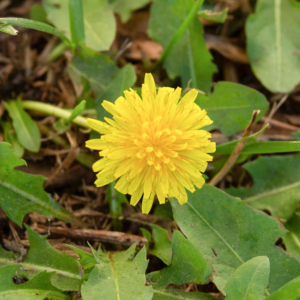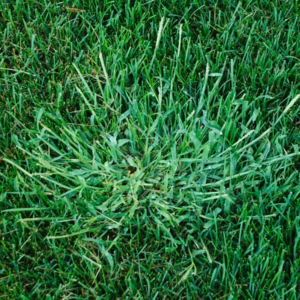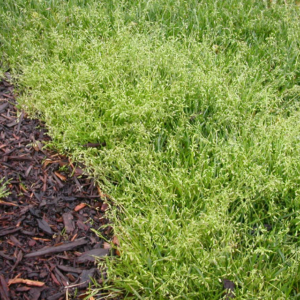Weed Control 101
Understanding different weeds.

Types of Weeds
Perennial vs Annual
Perennial and Annual weeds are two distinct types of plants with different life cycles and reproductive methods. Understanding the differences between them is crucial for effective weed control.
Perennial Weeds are plants that live for multiple years and can be the most challenging to eliminate. They have extensive root systems that enable them to regrow even after being cut back or removed. Perennial weeds persist from year to year, often reemerging each season from their roots or underground structures. Because of this, perennial weeds are persistent and can survive harsh conditions, becoming more established and resilient over time. Dandelions, bindweed, quackgrass, and nutsedge are common examples of perennial weeds. Controlling these weeds usually requires a combination of methods, including physical removal, targeted herbicide applications, and ongoing management to prevent regrowth.
In contrast, Annual Weeds complete their life cycle within a single year. They germinate, grow, flower, produce seeds, and die within a relatively short period. Annual weeds rely heavily on seed reproduction and can produce a large number of seeds to ensure their survival and spread. Unlike perennial weeds, annual weeds do not have extensive root systems or underground structures that allow them to regrow. Instead, they rely on new seeds to establish themselves each year. Common examples of annual weeds include crabgrass, chickweed, pigweed, and purslane. Since annual weeds die at the end of the growing season, controlling them often involves preventing seed production through timely removal or herbicide applications. Removing annual weeds before they have a chance to set seeds is essential to prevent future infestations.
Broadleaf vs Grassy
Grassy and Broadleaf weeds are two distinct categories of plants that differ in their physical characteristics and growth habits. Understanding the differences between them is essential for effective lawn care and weed management.
Broadleaf Weeds are characterized by their broad, flat leaves and often have showy flowers. The two most common broadleaf weeds are dandelion and clover
Grassy Weeds resemble grass and are often more challenging to identify among desirable turfgrass species. They can quickly invade lawns and compete for nutrients and sunlight. Some common grassy weeds include: crabgrass: annual bluegrass, quackgrass.




Conclusion
Understanding the different weed types helps you identify and target them more effectively for control. Proper identification allows you to choose the most appropriate weed management strategies, such as cultural practices, hand-weeding, mulching, or targeted herbicide applications.
It's important to note that prevention is the best approach to weed control. Maintaining healthy and dense turfgrass or garden beds through proper watering, fertilization, and regular maintenance helps minimize weed infestations. Additionally, practicing good garden hygiene, such as removing weed seeds or roots before they establish, can prevent future weed problems.
Learn more about how to control different kinds of weeds here.
Learn more about our lawn health plan that address lawn weeds here.
